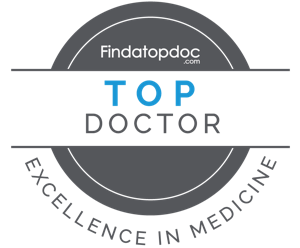Anthroposophic
Anthroposophical medicine
Rudolf Steiner (1861–1925) has been the founder of the anthroposophic medicine and his anthroposophic concepts permeates many other fields. He referred to his work as anthroposophy or spiritual science. He was an accomplished painter, sculptor, architect and writer. His intuitive thinking led to anthroposophic medicine which has been implemented by many research institutes, hospitals and pharmaceutical companies in Europe. His writing challenges us to change profoundly our ways. He provides us with a mental discipline of thinking and observational path to get us to experience the world at a deeper level. He invites all of us towards gaining a true understanding of nature of mankind and a healthy integration of mankind in the nature. This medicine integrates modalities from gemmotherapy, phytotherapy, nutrition therapy, homeopathic, medicinal bath, and eurythmy.
My approach
As a member of Society of Physicians of Naturopathic Anthroposophy and International Society of Anthroposophic Naturopathy, my approach is to promote an environment for connecting inner life with outer world and incorporating concepts of macrocosmos and microcosmos for self-healing.
I love Rudolf Steiner’s medicine because he redefined medicine and challenged us to think different. From macrocosmos to microcosmos we have same patterns that lead to self-healing and all the answers are in connection with nature. All the nature, plants, minerals, natural substance created by our Creator are there to give us the medicine we need.
From: https://anthroposophicmedicine.org/mistletoe
Mistletoe for the treatment of cancer and inflammatory conditions
“Mistletoe is the English common name for over 1200 species of a semi-parasitic plant that grows on trees worldwide, though only viscum album (European or common mistletoe) is used in the treatment of cancer and inflammatory conditions. References to mistletoe as a sacred plant and remedy appear throughout history and date as far back as the writings of Hippocrates (c.460–c.370) and Pliny the Elder (AD 23–79), but it was only through the indications of Rudolf Steiner, in the early 1920’s, that it became known that mistletoe could be used for the treatment of cancer. It was then developed as an injection.
Since that time, European oncologists have been using the liquid extract of the mistletoe plant to improve survival in patients with cancer and to improve quality of life by reducing the side-effects of chemotherapy and radiation, such as nausea, vomiting and lack of appetite, as well as diminishing tumor-related pain. Mistletoe injections are currently among the most widely used complementary cancer treatments in Europe. It is approved for palliative care use in several European countries, but not yet in the United States. Until further clinical testing is done in the US, oncologists cannot offer this treatment as standard of care for cancer patients. Mistletoe is being administered in the US by complementary medicine practitioners, but mistletoe is not approved by the FDA for cancer treatment.
The clinical effectiveness of mistletoe extracts in cancer has been investigated in a great number of studies and clinical trials, primarily in Europe. A Phase I clinical trial in the US recently concluded at Johns Hopkins School of Medicine.”
Gemmotherapy use embryonic plant tissue extracts that stimulate organ system toxin elimination. This therapy comes from Europe and uses fresh buds or shoot of plants.
“Understanding life from within, because all life originates from the spirit.” Anthroposophic Society
Open Hours
By appointment only.
Foreign Languages Welcome:
German, Italian, French, Portuguese, English, Romanian
USA location: 17505 N 79th Ave, Glendale AZ 85308, Suite 213
Contact: magnoliapersonalizedmedicine@gmail.com
F0llow Us:
LinkedIn

